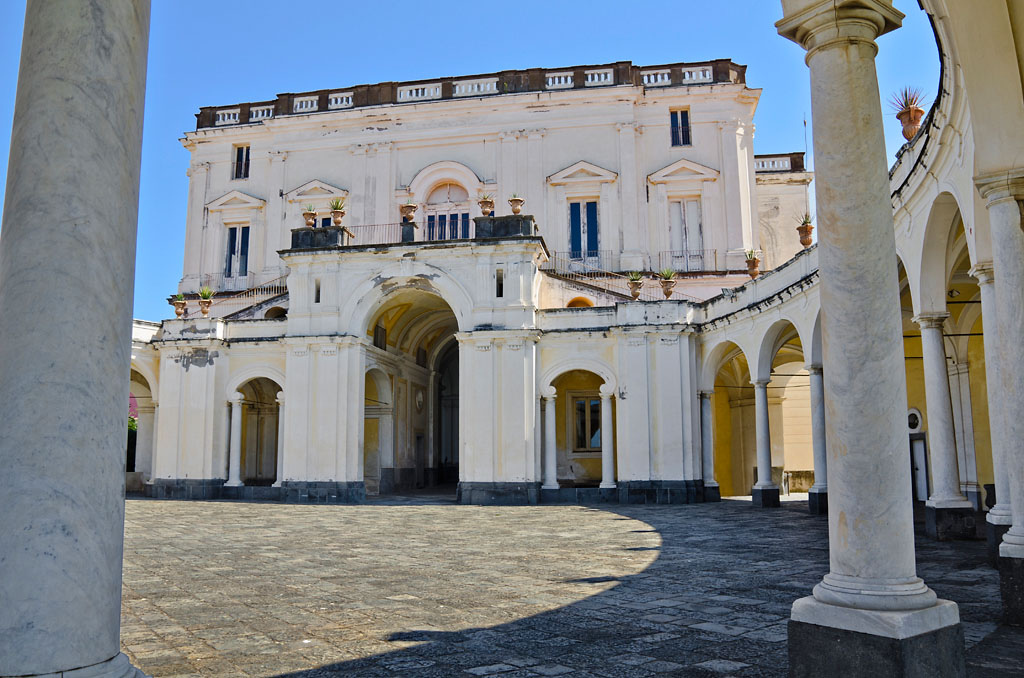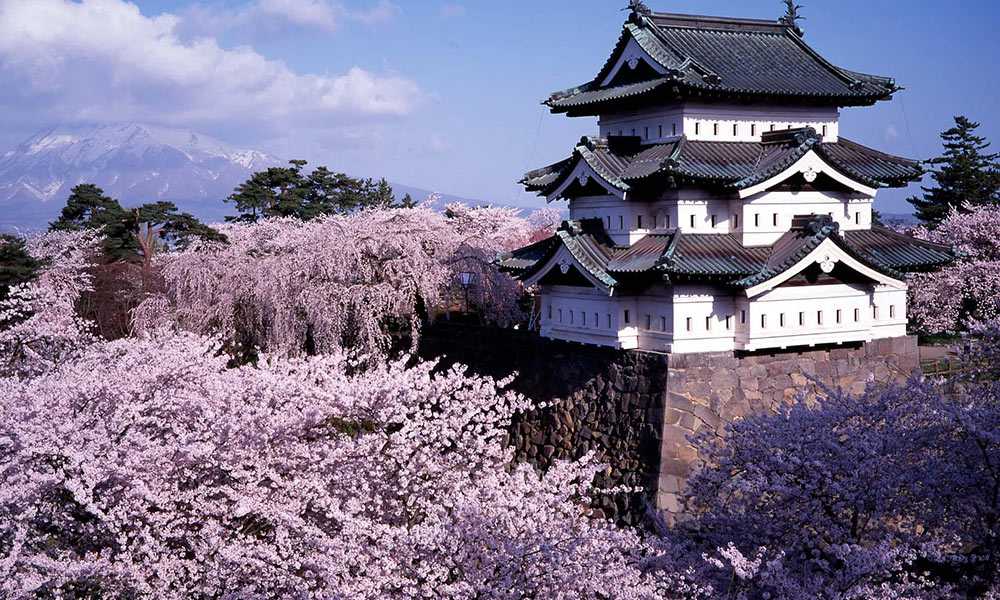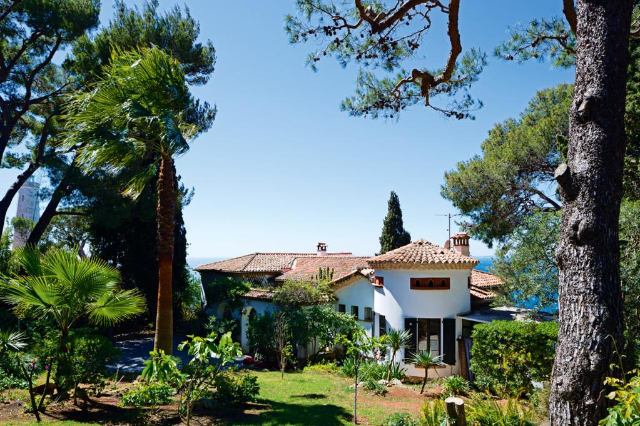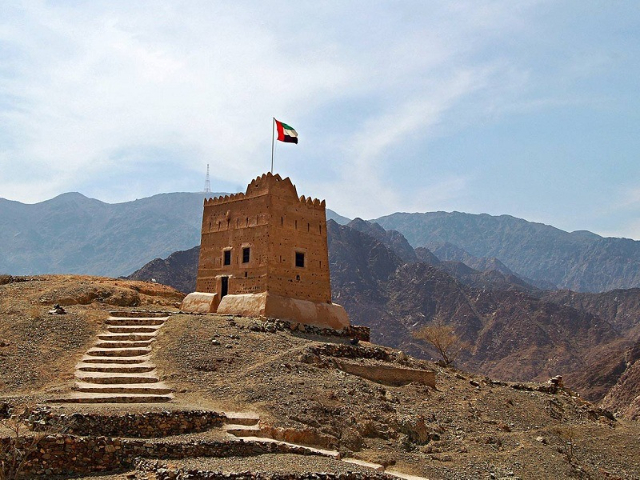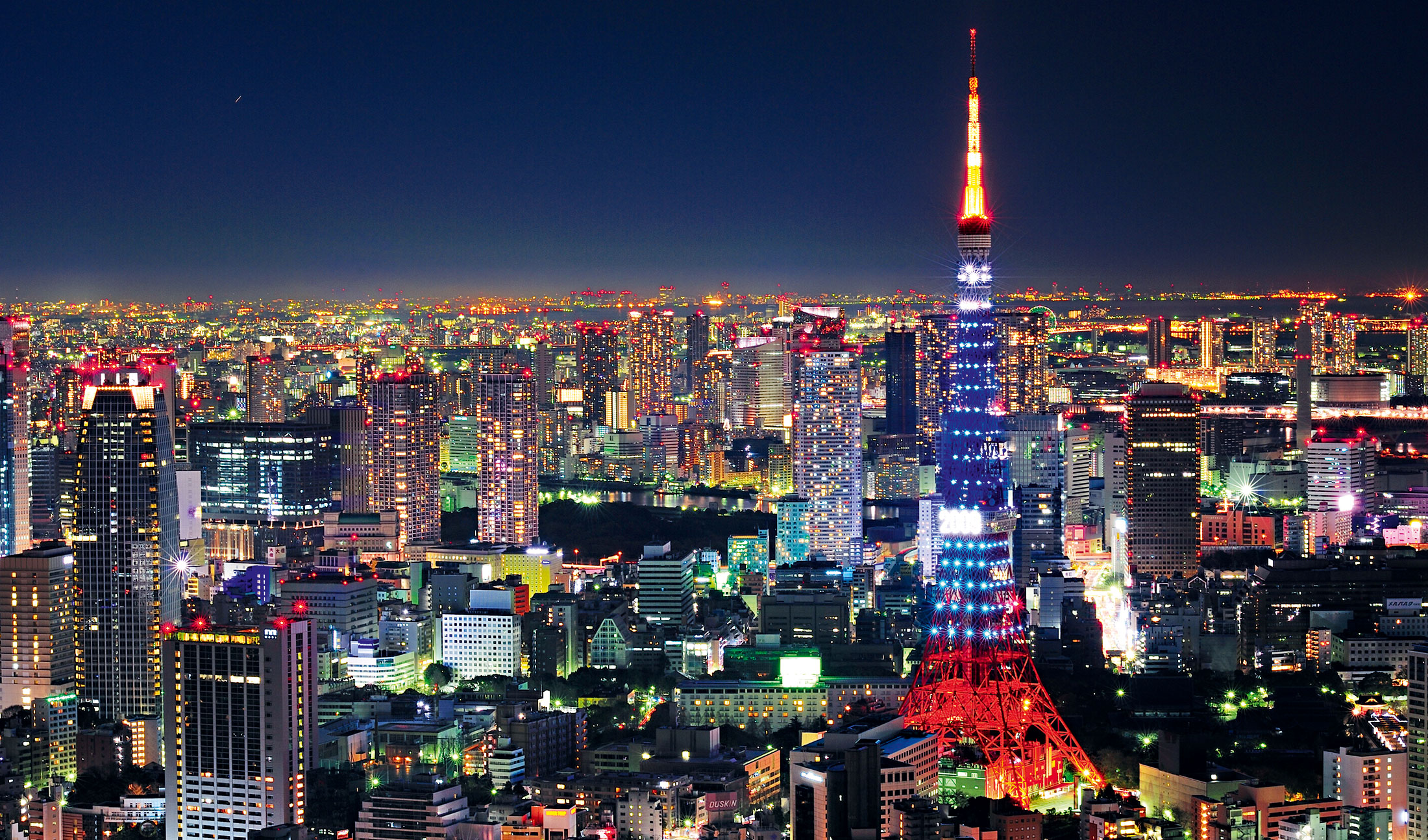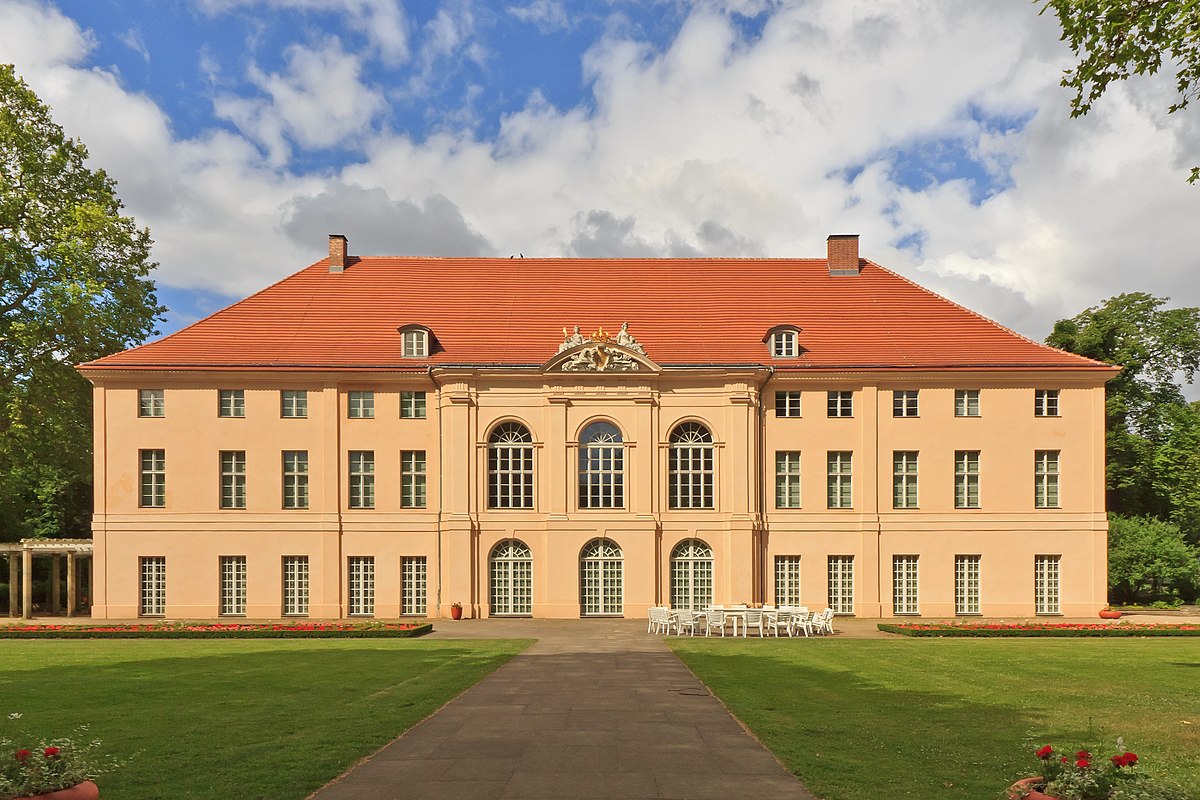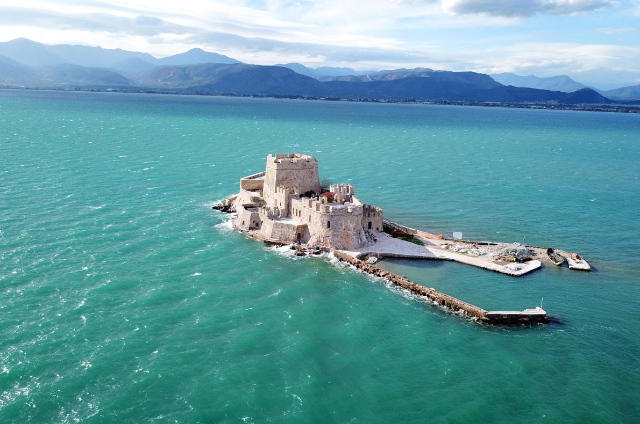The villa was commissioned to be built beginning in 1755 by Lucio di Sangro, duke of Casacalenda, who commissioned the design and execution of the work from Mario Gioffredo; a few years later, due to disagreements that arose between the architect and the Casacalenda dukes, the latter revoked his commission, despite the fact that he was at an advanced stage of the work. At first, the architect Michelangelo Giustiniani was called in to replace him, but then the work was entrusted to Luigi Vanvitelli, who directed the work from 1763 to 1773, thus putting his own stamp on it by making a few but substantial changes to the original design; after his death, he was succeeded by his son Carlo, who completed the building in 1775.
After Lucio di Sangro’s death, the villa was inherited by his son Scipione, who died in 1805 leaving no heirs; ownership of the villa was divided among various grandchildren and a slow decline began, culminating during World War II with military occupation. After the war the villa was entrusted to the Vesuvian Villas Authority, was restored by arch. Paolo Romanello and placed under protection by Italian laws as a cultural asset of special interest.
It currently houses the Stoà – Institute of Studies for Business Management and Leadership, and is the scene of cultural and social events. In the 1980s, it was often the scene of the end-of-course dance of the cadets of the Nunziatella Military School.
The floor plan is quadrangular, with four bodies separated by the arms of a central gallery in the shape of a Greek cross, with a dome in the center lit by four oval windows.
The smooth ashlar front facade, with a stucco ashlar plinth, has two orders of windows, with those on the main floor decorated with triangular gables. The rear façade, which incorporates the elements of the front, is more interesting, however, for the presence of a wide portico with round arches, which Gioffredo had intended to be circular, but which Vanvitelli wanted elliptical and horseshoe-shaped, cleverly connected to the building with two lowered arches with Tuscan capitals. Vanvitelli also supervised the interior decorations, which include works by Jacopo Cestaro, Fedele Fischetti, and Gaetano Magrì.
